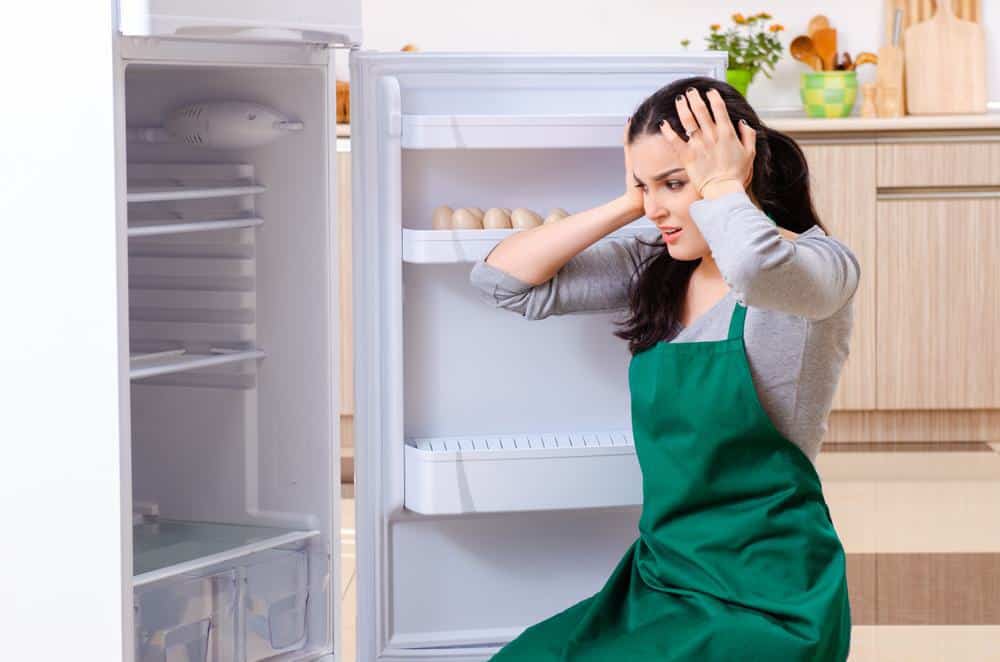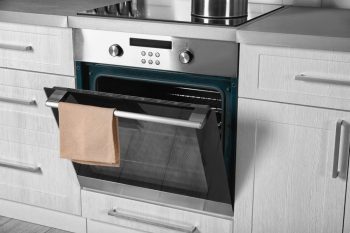
Understanding the temperature distribution within your refrigerator is crucial for optimal food storage and preservation. But do you know which part of your refrigerator is the coldest? Let’s dive in to discover more about the coldest part of a refrigerator and why it matters.
The coldest part of a refrigerator is typically at the bottom, as cold air tends to sink. However, this can vary based on the refrigerator’s design and airflow system. For example, in refrigerators with an ice-making compartment at the top, the top shelf might be the coldest. In frost-free fridges, the temperature distribution is more even due to circulated air.
Why Knowing the Coldest Part of Your Fridge Matters
Knowing which part of your refrigerator is the coldest is essential for several reasons. It helps you store food items strategically based on their temperature requirements, optimizing food storage and ensuring proper preservation. This knowledge prevents food spoilage, reduces the risk of foodborne illnesses, and helps maintain the quality and safety of your food items.
Where is the Coldest Part of a Refrigerator?
In general, the coldest part of a refrigerator is at the bottom, as cold air tends to sink and warmer air tends to rise. However, this may vary depending on the refrigerator model and its airflow system. For example, in fridges with an ice-making compartment at the top, the top shelf may be the coldest. Frost-free fridges circulate the air and have a more even temperature distribution.
Factors Influencing the Temperature Variations
Several factors contribute to the temperature variations within different areas of the refrigerator, including:
- Refrigerator design and air circulation
- Door opening frequency
- Item placement
- Ambient room temperature
- Regular maintenance
- Thermostat settings
- Refrigerator age, type, and load
The Importance of Efficient Food Storage
Understanding the coldest part of a refrigerator can help in efficient food storage. Storing perishable items like raw meat, seafood, dairy, and eggs in the coldest part minimizes the growth of harmful bacteria and reduces the risk of foodborne illnesses. On the other hand, storing leftovers, ready-made foods, drinks, and herbs on the upper shelves, which have more consistent temperatures, helps maintain their quality.
The Risks of Not Knowing the Coldest Part of the Fridge
Not knowing which part of the refrigerator is the coldest can lead to improper food storage and decreased food quality. It can also result in inefficient energy usage, temperature fluctuations, and increased risk of foodborne illnesses.
Measuring the Temperature in Different Parts of the Fridge
To measure the temperature in different parts of a refrigerator, you can use appliance thermometers or temperature sensors. Place the thermometer in the desired location within the refrigerator and allow it to stabilize to get an accurate reading. Monitoring the temperature readings can help you adjust the refrigerator settings if necessary to maintain the recommended temperature range.
The Verdict
In conclusion, knowing the coldest part of your refrigerator and understanding the factors that influence temperature distribution can help you store your food items effectively, ensuring they remain fresh and safe to consume. So, the next time you stock up your fridge, remember to place your items in the appropriate sections based on their temperature requirements. Happy organizing!
Frequently Asked Questions
What is the recommended temperature range for a refrigerator?
The recommended temperature range for a refrigerator is between 1°C (34°F) and 4°C (40°F). This temperature range is optimal for slowing the growth of harmful bacteria and preserving the quality of your food.
How often should I check the temperature of my refrigerator?
It’s a good practice to check the temperature of your refrigerator at least once a week. Regular checks ensure that your fridge is operating within the recommended temperature range, which is crucial for food safety.
Can the placement of food in the refrigerator affect its cooling efficiency?
Yes, the placement of food in the refrigerator can affect its cooling efficiency. Overstuffing can restrict the airflow and lead to uneven cooling, while leaving too much empty space can cause the fridge to work harder to maintain its temperature, leading to higher energy consumption.
How can I maintain a consistent temperature in my refrigerator?
To maintain a consistent temperature in your refrigerator, avoid leaving the door open for long periods, regularly defrost if it’s not a frost-free model, don’t overstuff it, and place foods that require more cooling in the coldest part of the refrigerator.
What should I do if the temperature in my refrigerator is not within the recommended range?
If the temperature in your refrigerator is not within the recommended range, try adjusting the thermostat settings. If the temperature still doesn’t stabilize, it might be time to call a professional for maintenance or repair.












